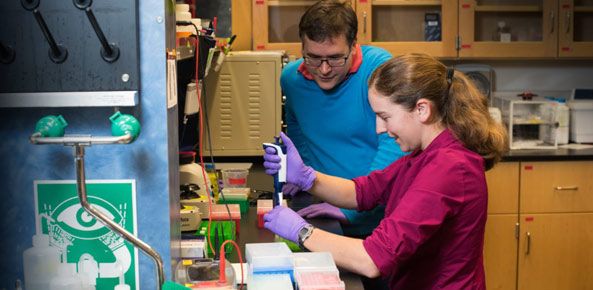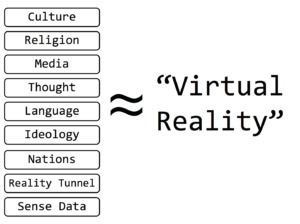Biocomputing/ living circuit computing/ gene circuitry are the longer term future beyond Quantum. Here is another one of the many building blocks.
The tiny molecule responsible for transmitting the genetic data for every living thing on earth could be the answer to the IT industry’s quest for a more compact storage medium. In fact, researchers from Microsoft and the University of Washington recently succeeded in storing 200 MB of data on a few strands of DNA, occupying a small dot on a test tube many times smaller than the tip of a pencil.
The Internet in a Shoebox.
Despite the small space occupied by the DNA strands, the researchers were nonetheless able to successfully store and retrieve high-definition digital video, the top 100 books from Project Guttenberg, and copies of the Universal Declaration of Human Rights in more than 100 languages.






